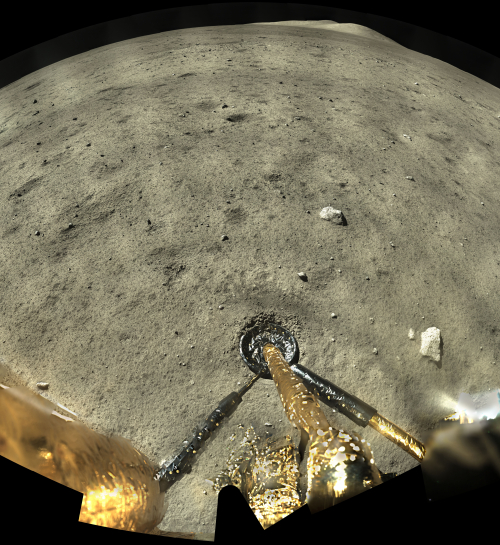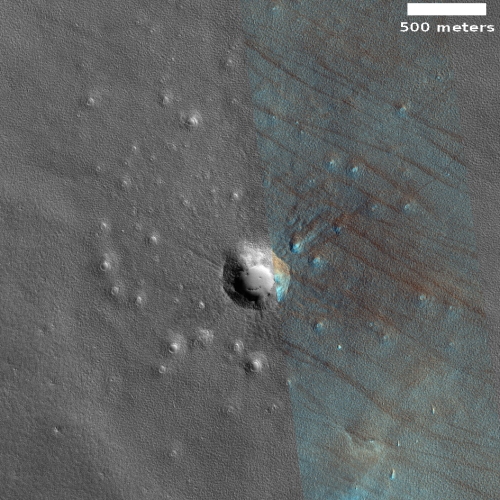New Gaia data release tracks distance and motion of 1.8 billion stars
The European Space Agency (ESA) today released the third round of data from its Gaia satellite, designed to measure precisely the distance and motion of billions of nearby stars.
Gaia EDR3 contains detailed information on more than 1.8 billion sources, detected by the Gaia spacecraft. This represents an increase of more than 100 million sources over the previous data release (Gaia DR2), which was made public in April 2018. Gaia EDR3 also contains colour information for around 1.5 billion sources, an increase of about 200 million sources over Gaia DR2. As well as including more sources, the general accuracy and precision of the measurements has also improved.
This release also included the following discoveries:
- The Milky Way’s outer regions beyond the Sun contain two populations of stars, one slowly dropping towards the galaxy’s plane, the second flying away quickly.
- The first precise measure of the solar system’s orbit in the Milky Way
- A more complete census of all stars within 100 parsecs of the Sun
- A better map of the interaction between the Large Magellanic Cloud and the Milky Way, which also showed that the cloud does have a spiral structure
This precise data will take decades to digest, as past research has been based on only rough distance and motion estimates. Having precise data will change our approximation of each object’s brightness, which will also change much of what we assume about it.
The European Space Agency (ESA) today released the third round of data from its Gaia satellite, designed to measure precisely the distance and motion of billions of nearby stars.
Gaia EDR3 contains detailed information on more than 1.8 billion sources, detected by the Gaia spacecraft. This represents an increase of more than 100 million sources over the previous data release (Gaia DR2), which was made public in April 2018. Gaia EDR3 also contains colour information for around 1.5 billion sources, an increase of about 200 million sources over Gaia DR2. As well as including more sources, the general accuracy and precision of the measurements has also improved.
This release also included the following discoveries:
- The Milky Way’s outer regions beyond the Sun contain two populations of stars, one slowly dropping towards the galaxy’s plane, the second flying away quickly.
- The first precise measure of the solar system’s orbit in the Milky Way
- A more complete census of all stars within 100 parsecs of the Sun
- A better map of the interaction between the Large Magellanic Cloud and the Milky Way, which also showed that the cloud does have a spiral structure
This precise data will take decades to digest, as past research has been based on only rough distance and motion estimates. Having precise data will change our approximation of each object’s brightness, which will also change much of what we assume about it.








